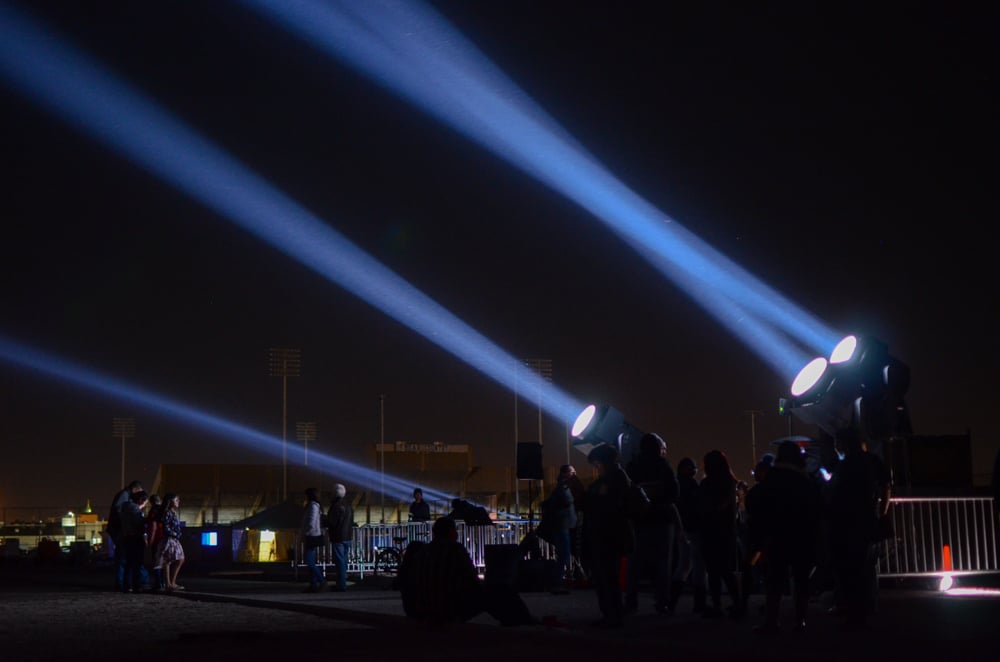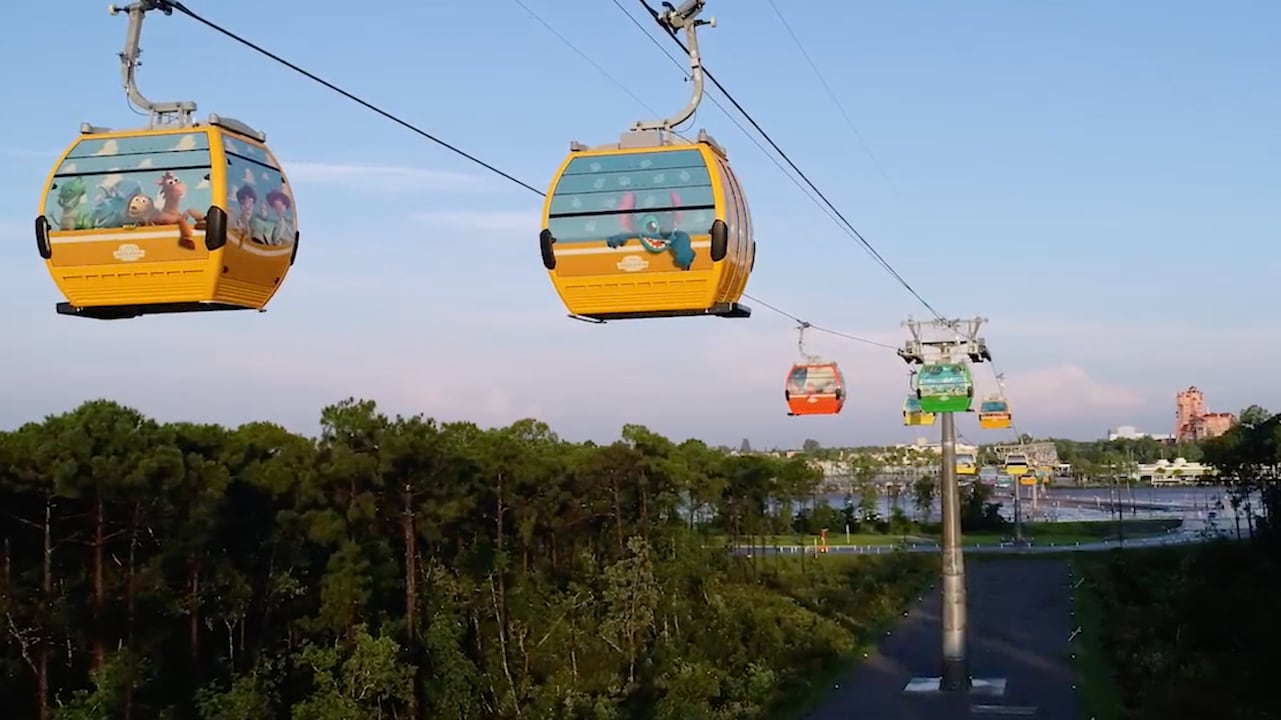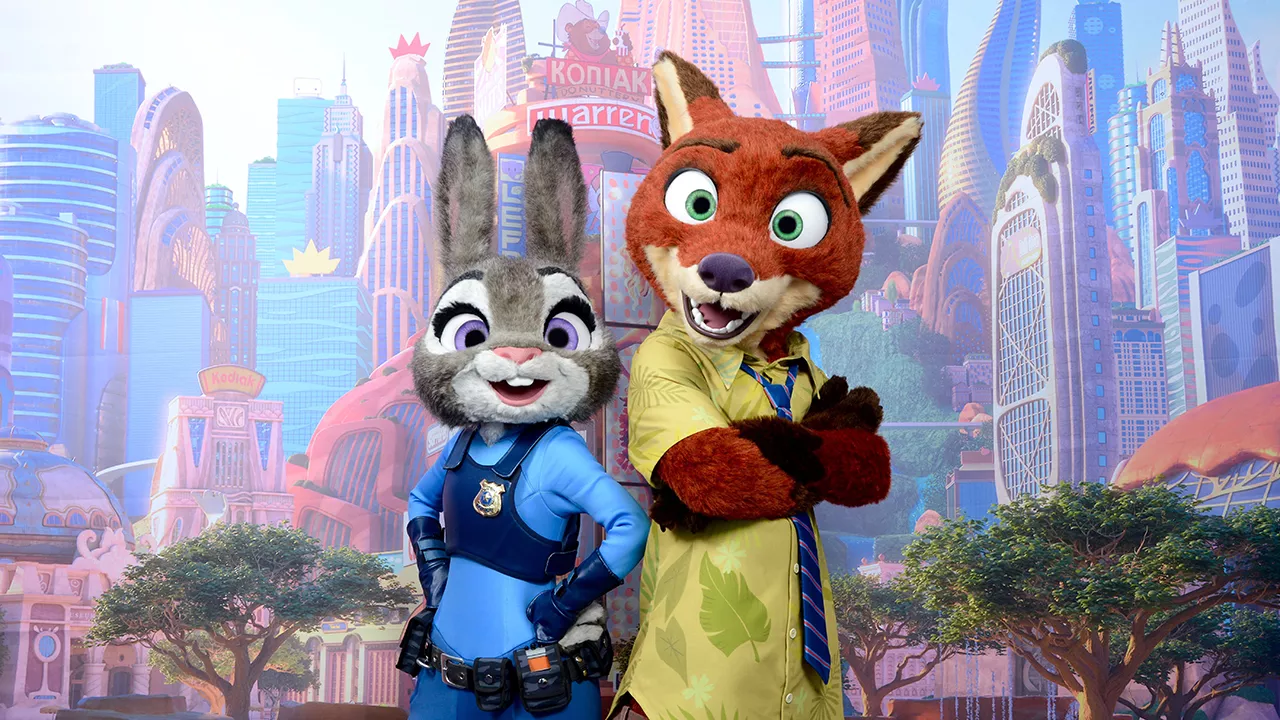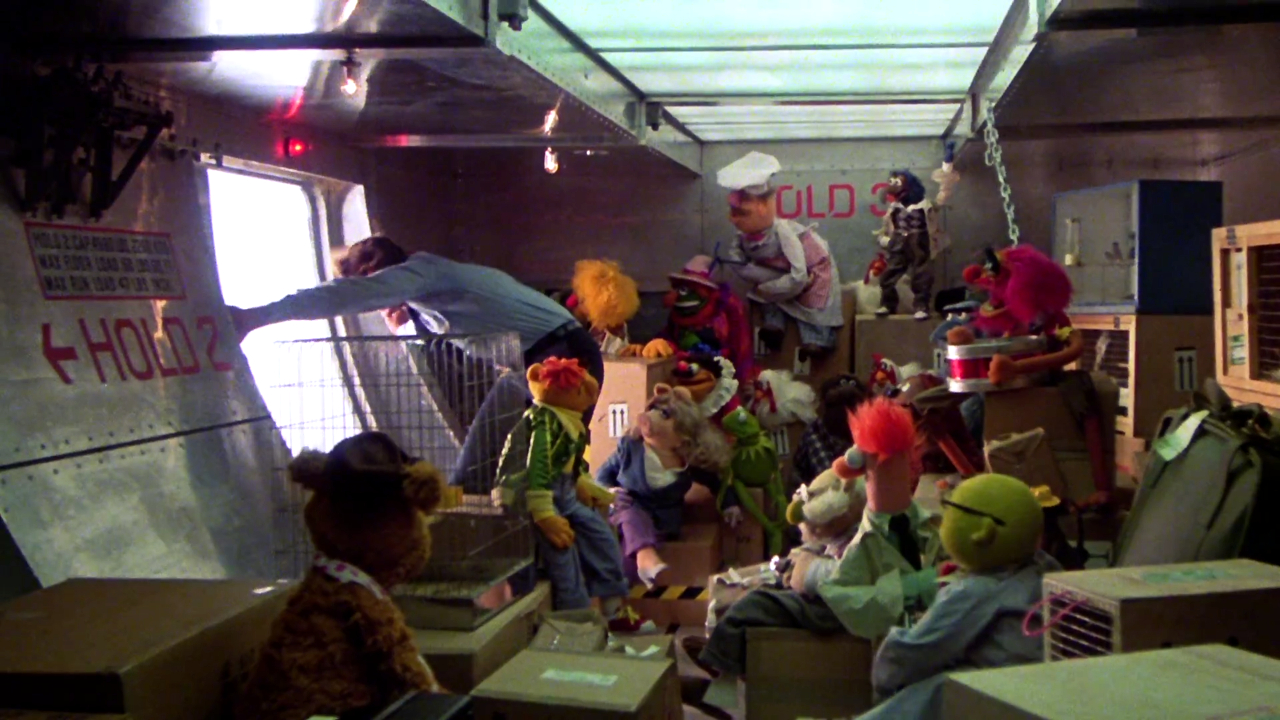Suchomimus
Well-Known Member
Wrong version, Doug. Mercury was what the Romans renamed Hermes.the Greek god Mercury
Wrong version, Doug. Mercury was what the Romans renamed Hermes.the Greek god Mercury
Fixed. Thanks for keeping me honest.Wrong version, Doug. Mercury was what the Romans renamed Hermes.
Lame
But without the nudity







Aw shucks!A sign of great writing and creativity is when the reader is inspired to go back and reread something, not because it wasn't clear the first time, but because it was so well-written, informative and enjoyable that they want to experience it again. I've reread each revelation of DisneySky several times, getting more out of it each time, and reenjoying it each time. Mr. Hindley, this is a remarkable creation. I'm looking forward to discovering every corner of DisneySky.







You know, I've tried to think through every detail for this park. I really appreciate learning about things like this which I missed. Added into the JetRail description:Will the monorails have names?
The enclosed, raised loading platform sits inside Grand Central Hangar alongside a clear story window framing Mt. Helios. To reach this platform in the Hangar’s upper level, guests pass the door to a JetRail Airways pilot’s office. This cluttered mid-century office - visible behind window walls - features pilot logs, time sheets, and other props. Deluxe railing protects guests while a JetRail monorail pulls into the station. There are four monorails in total serving the DisneySky JetRail. They are named Boreas, Notus, Zephyrus and Eurus, after the four wind gods of Greek myth.
I've been wondering...would an updated take on Dreamflight be a good fit for DisneySky? Given that it's basically a whimsical, Journey Into Imagination-esque take on the history of flight, there'd be plenty of potential to beef it up (adding in more scenes -- maybe Kitty Hawk? Icarus' wings?) and turn it into something like the Spaceship Earth of DisneySky.
Glad that you found it, and thank you so so much for the high praise!How have I only just found this?! This is AMAZING!






Perfectly captures that classic Muppet fun, goofy vibe! Love it!
The Muppets Present…
Great Moments in Aviation History
B-ticket show
The Muppets perform riotous recreations of iconic moments in flight
The ever-malleable Muppets have a new home at Disneyland Resort! Their live comic performances regularly transform staid old Runway One into a playground of ridiculousness, as the troupe attempts to reenact important scenes in aviation history.
The format is the same as The Muppets Present...Great Moments in American History, giving that fan-favorite show a new home since its untimely removal from Magic Kingdom. The show is easily implemented as it is extremely light on infrastructure - merely the side facade of Air Tower Sweets, which is located just off from the main runway route in Terminal Square. This runway corner is a makeshift arena with benches made from steamer trunks dotting the asphalt. Our open seating plan allows families to gather or to simply relax even when no show is occurring.

Howard H. Hummel
At showtime, a live actor barges down from the air tower above. This is Howard H. Hummel, head air traffic controller for Runway One. He acts flustered and ridiculous, quite unsure of why so many people have gathered together in his “neat and orderly airfield.”
While Hummel blubbers on, Kermit the Frog appears in the tower’s upstairs facades with great fanfare. Kermit presents himself as the “town flyer...er, crier.” He informs Hummel that the audience has gathered to enjoy a show put on by himself and his fellow Muppets...who now appear in other upstairs windows. Among them are Miss Piggy, Fozzie Bear, Sam Eagle, and Rowlf the Dog. (Live hidden puppeteers perform as the Muppets, while pre-recorded dialogue provides their voices.)

Against Hummel’s continual confusion and consternation, Kermit insists that the show must go on. Kermit introduces Gonzo the Great, the Muppets’ aviation specialist, who swings haphazardly onto the scene in a ramshackle homemade biplane strung up by wires from Air Tower Sweets. (Gonzo is the most complex character in the show, and is realized with animatronics instead of puppetry.) While continuing to swing about in midair, Gonzo leads the crowd in a silly singalong of an original introductory song, “Heads in the Clouds.” This song is very, very, very, very silly, as of course is everything the Muppets get their felty hands onto. It concludes with the balcony Muppets launching air streamers, and Gonzo crashing his airplane through an upstairs window in Cayley Gallery (a breakaway setpiece). Explosions burst from the tower.
Gonzo reappears in the shattered tower top, smoking and burnt to a crisp...this Gonzo is a live puppet. Gonzo proceeds to narrate one of several aviation-themed stories, while other Muppets reenact historic roles.
Whatever possible seriousness is swiftly scuttled...and Sam the Eagle is quick to complain.
Also, occasionally Statler and Waldorf pop out from the highest air traffic tower to heckle the performers.

Specific shows include:
These performances are silly, song-filled, full of costume changes and deeply terrible puns, and deceptively educational for younger audiences. Each show runs roughly 10 minutes, with 8 shows scheduled daily (variable). An analog clock in Terminal Square with an “Estimated time ‘til show” marquee ensures guests never fail to catch an oddball performance.
Register on WDWMAGIC. This sidebar will go away, and you'll see fewer ads.
